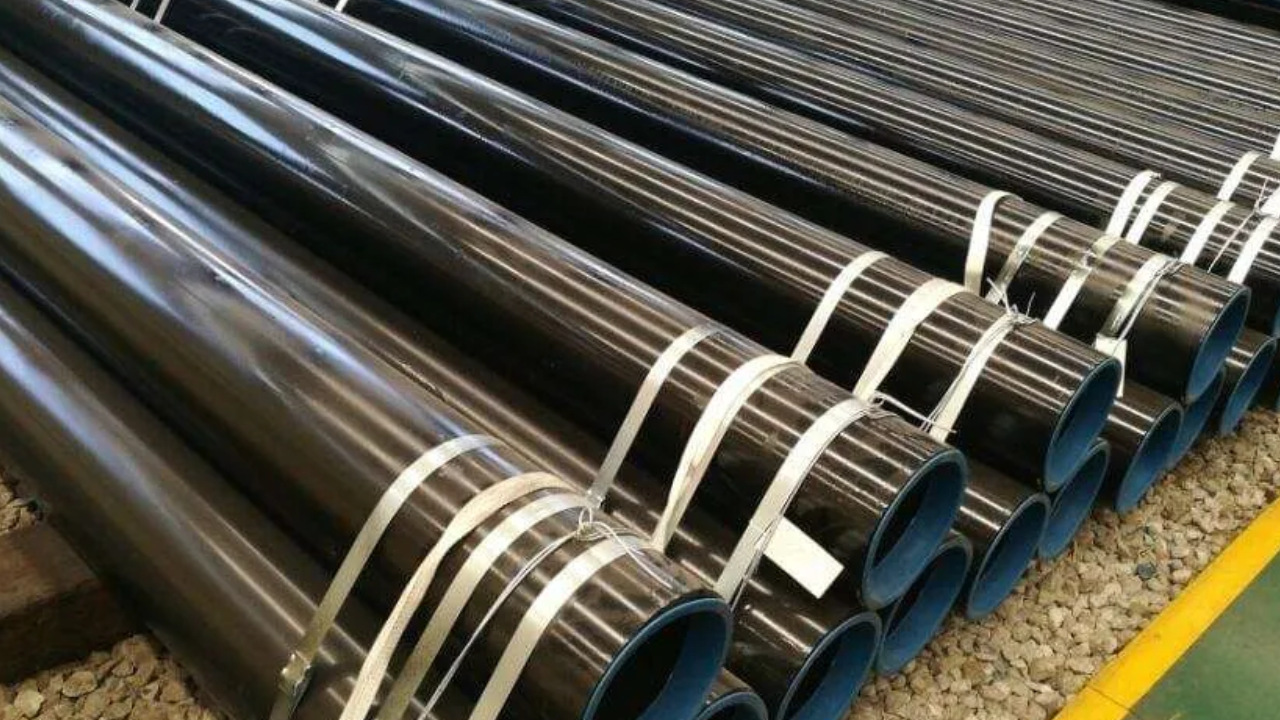What Elements Contribute To ASTM A53 Grade B Pipes’ Long-Term Safety and Reliability?
The A53 grade b pipes, produced using carbon metal, are seamless to the rigid principles set by the Yank Society for Testing and Substances (ASTM), specifically catering to the demands of various applications. Renowned for their seamless or welded creation, ASTM A53 Grade B pipes provide superior energy and sturdiness, making them ideal for conveying fluids, gases, and solids in a myriad of industries, including oil and fuel, production, and utilities.
Characterized by their excessive tensile strength and resistance to mechanical pressure, ASTM a53 grade b pipes play a pivotal role in infrastructure tasks, business centers, and business buildings globally. With a focus on reliability, performance, and adherence to industry specifications, these pipes continue to be a desired preference for engineers and task managers seeking dependable answers for fluid transportation and structural applications.
Contributing Elements to ASTM A53 Grade B Pipes’ Long-Term Safety and Reliability
ATM A53 Grade B pipes are broadly utilized in diverse industries due to their first-rate aggregate of power, durability, and affordability. However, making sure of their long-term safety and reliability calls for the cautious attention of several elements. This article explores those elements to assist engineers and venture managers in making knowledgeable selections concerning the selection, setup, and preservation of ASTM A53 Grade B pipes.
Material Quality
The nature of the material utilized in the production of ASTM A53 Grade B pipes is principal for long-haul general execution. These pipes are regularly constructed from carbon steel, and adherence to ASTM prerequisites ensures consistency in arrangement, mechanical properties, and microstructure. Quality management measures all through production, which include chemical composition analysis and mechanical testing, assist mitigate the hazard of defects or inconsistencies that could compromise the integrity of the pipes over time.
Design and Manufacturing Standards
Compliance with ASTM A53 requirements, which define specs for seamless and welded black steel pipes appropriate for various packages, is vital. The right design concerns, such as wall thickness, diameter, and threading, should align with project necessities and industry requirements to ensure structural integrity and performance in distinct running situations. Adherence to manufacturing standards for the duration of production methods, including welding, warmth treatment, and surface completion, further enhances the reliability of ASTM A53 Grade B pipes.
Protection Against Corrosion
Carrying out strong corrosion resistance measures is significant for guaranteeing long-haul insurance and dependability. This may involve applying corrosion-resistant coatings, together with epoxy or zinc, or utilizing corrosion inhibitors in the piping system. Moreover, the right insulation and cathodic protection strategies can help mitigate corrosion risks, mainly in environments liable to corrosion, which include people with high moisture or chemical exposure.
Installation Practices
How ASTM A53 Grade B pipes are installed substantially affects their lengthy-term overall performance. Proper dealing with, storage, and transportation of pipes before installation helps save you from harm or infection that could lead to untimely failure. Interest in detail at some stage in installation, which includes accurate alignment, joint coaching, and tightening strategies, minimizes the threat of leaks or structural weaknesses. Moreover, adherence to recommended installation practices, guarantees top-rated overall performance and forestalls issues including sagging or buckling underneath the load.
Operational conditions
Knowledge of the operating surroundings and conditions in which ASTM A53 Grade B pipes will be applied is crucial for assessing long-term safety and reliability. Factors along with temperature versions, strain fluctuations, fluid houses, and external hundreds need to be taken under consideration during design, installation, and ongoing renovation. Everyday inspection, monitoring, and preservation protocols have to be mounted to discover and deal with potential issues proactively.
Final Words
Achieving long-term safety and reliability of ASTM A53 Grade B pipes calls for a holistic approach encompassing fabric selection, layout adherence, corrosion protection, installation practices, and consideration of operational situations. Through prioritizing fine, compliance, and proactive renovation, engineers and challenge managers can ensure the best performance and toughness of piping structures in numerous industrial programs.

Don
Don is a writer, editor, and content strategist who helps businesses communicate their messages clearly and effectively. With more than 10 years of experience in the publishing industry, Don has a deep understanding of what makes good content great. He is an expert at developing and executing content marketing plans, and his work has been featured in leading publications such as Forbes, Entrepreneur, and The Huffington Post. When he's not writing or editing, Don enjoys spending time with his wife and two young children.